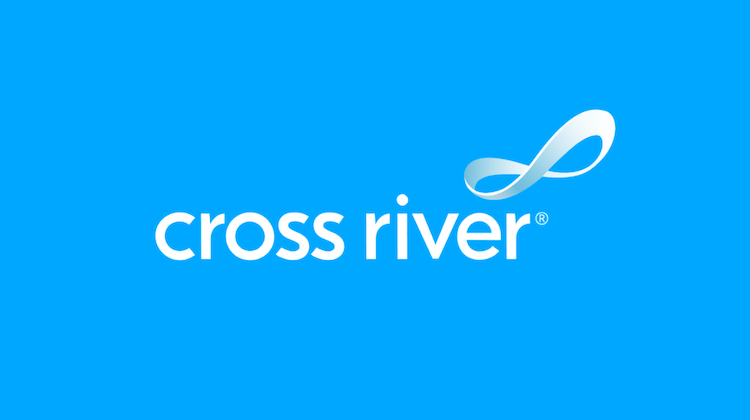Data
Inside Cross River Bank’s plans to build a killer banking app
- Consumers spend a lot of time managing their apps and less time managing their money, says Cross River Bank CEO Gilles Gade
- Cross River Bank is building a consumer mobile banking app that could offer a company like Amazon an alternative to having to file for a banking license.








